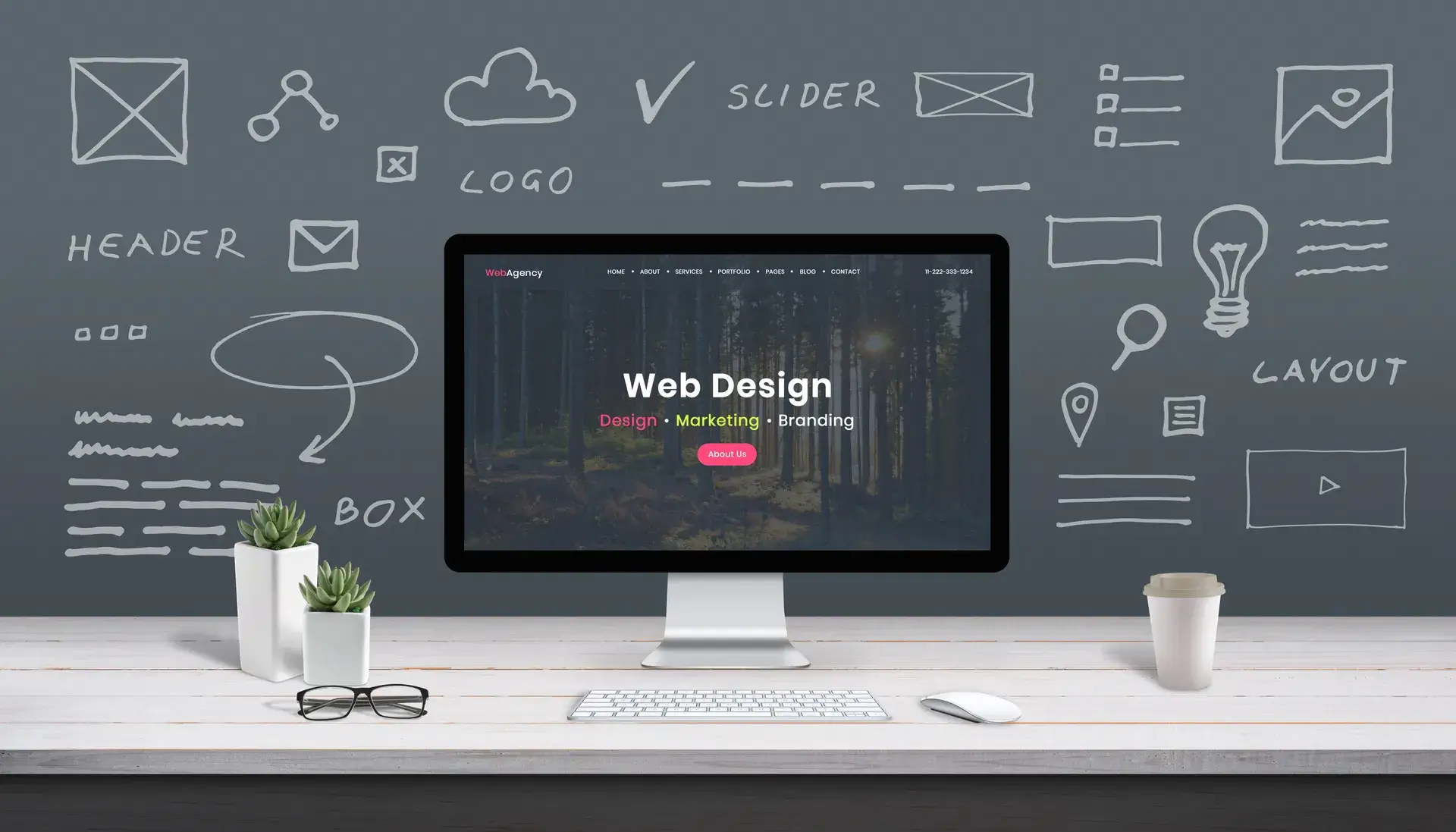As the digital landscape continues to evolve, inclusive web design has become essential for fostering accessibility and ensuring all users can benefit from online resources. In South Africa, inclusive web design education is critical to empower designers, developers, and businesses to create websites that cater to diverse audiences. This article explores the importance of inclusive web design, the current educational initiatives in South Africa, and actionable strategies for implementing inclusive practices in web design.
The Importance of Inclusive Web Design
Inclusive web design means creating websites that are usable by people of all abilities and disabilities. It encompasses various aspects, including accessibility for individuals with visual impairments, cognitive disabilities, and those using assistive technologies. Here are a few key reasons why inclusive web design matters:
- Wider Reach: By ensuring your website is accessible, you can reach a larger audience, including those with disabilities, who represent a significant market segment.
- Legal Compliance: In many countries, including South Africa, businesses are required to comply with accessibility standards, such as the WCAG 2.1, to avoid potential legal repercussions.
- Enhanced User Experience: Inclusive design contributes to a better overall user experience, benefiting everyone, not just those with disabilities.
Current Initiatives in South Africa
In South Africa, various organizations and educational institutions are working to promote inclusive web design education. Initiatives include workshops, online courses, and awareness campaigns aimed at educating designers and developers about best practices. Some notable efforts include:
- Universities and Colleges: Institutions like the University of Cape Town and the Tshwane University of Technology are incorporating inclusive design principles into their web design curricula.
- Professional Development: Organizations such as the Web and Mobile Application Development Training Centre offer specialized courses focusing on accessibility and inclusive design techniques.
- Community Workshops: Local meetups and workshops provide networking opportunities, allowing professionals to share knowledge and best practices in inclusive design.
Strategies for Implementing Inclusive Web Design
Here are some key strategies that web designers and developers can adopt to create inclusive websites:
- Use Semantic HTML: Properly structure your HTML to ensure it is accessible and understandable for screen readers.
- Provide Alternative Text: Include descriptive alt text for images to convey their meaning to visually impaired users.
- Ensure Keyboard Navigation: Design websites that can be fully navigated using a keyboard, ensuring users with mobility disabilities can access all features.
- Test with Users: Regularly involve users with disabilities in testing your designs to gain valuable insights and feedback on accessibility.
Conclusion
As South Africa continues to grow in the digital space, inclusive web design education is crucial in building a more equitable online environment. Educators, designers, and businesses alike must prioritize accessibility to bridge the digital divide and ensure everyone can access essential online resources. By investing in inclusive web design practices, South Africa can create a more inclusive digital landscape where all users feel empowered and engaged.














